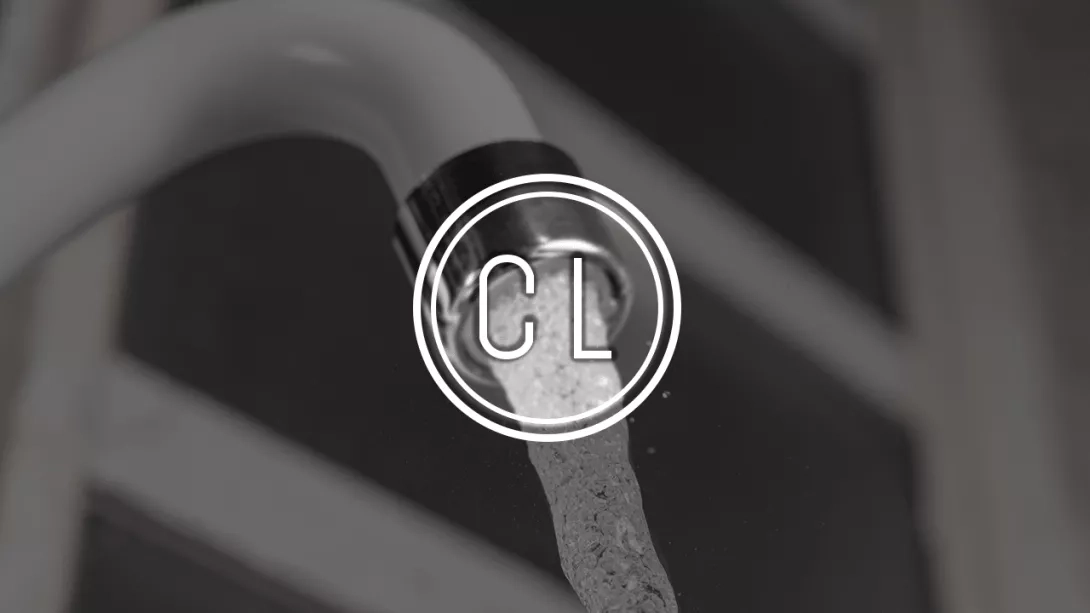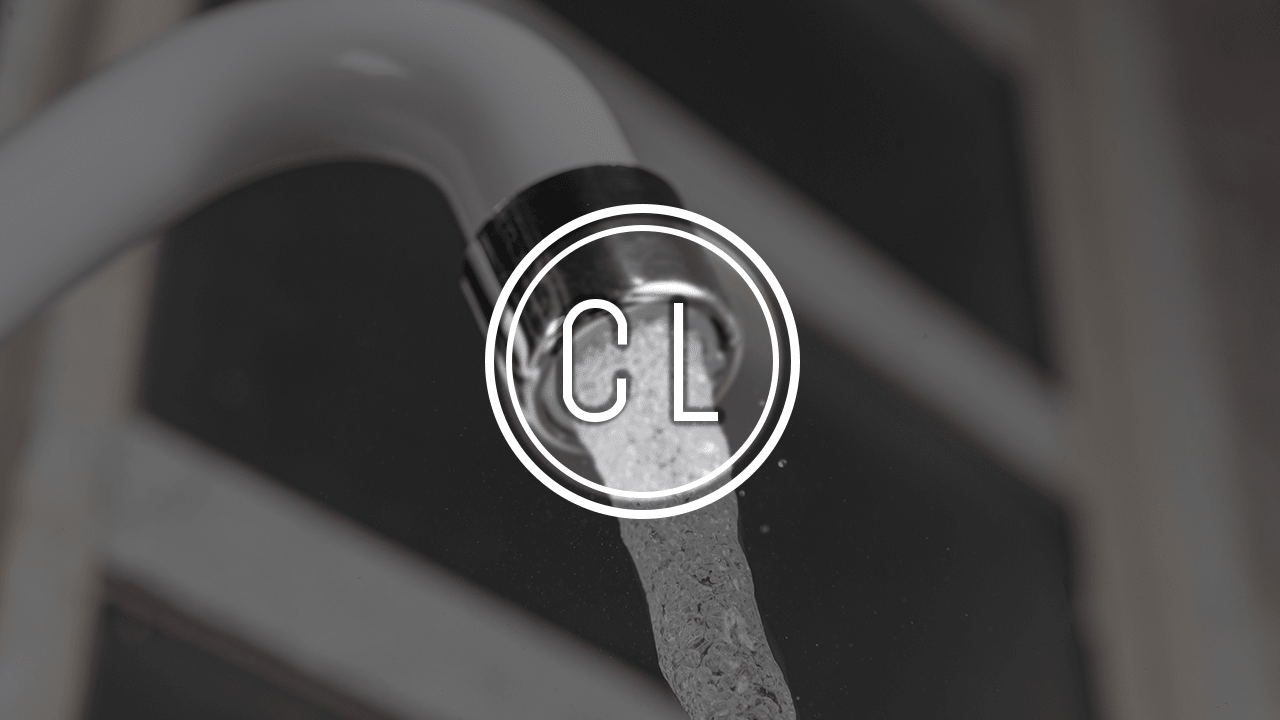Importance of Removing Chlorine from Water
What is Chlorine? Chlorine is a chemical element widely used in water treatment to kill bacteria and other harmful microorganisms present in water. It is effective in making water safe for consumption by reducing the risk of waterborne diseases.
Why is Chlorine Used in Water Treatment? Chlorine's ability to disinfect water makes it a valuable tool in ensuring the safety of our drinking water supply. It helps to kill pathogens, such as bacteria and viruses, that can be harmful when ingested.
Potential Adverse Effects of Chlorine in Drinking Water While chlorine plays a crucial role in water treatment, its presence in drinking water can lead to several health risks. Some potential adverse effects include:
- Chlorine Taste and Odor: Chlorine can give water an unpleasant taste and odor, which can make it less appealing to drink.
- Skin and Eye Irritation: Chlorine exposure through showering or bathing can cause skin and eye irritation.
- Respiratory Issues: Inhaling chlorine vapor from hot water can lead to respiratory problems in some individuals.
- Formation of Disinfection Byproducts: Chlorine can react with organic matter in water to form disinfection byproducts (DBPs), some of which are associated with health concerns, including cancer.
Methods to Remove Chlorine from Water
To ensure that your drinking water is free from the adverse effects of chlorine, you can employ various methods:
A. Activated Carbon Filtration
How does activated carbon remove chlorine? Activated carbon filters are highly effective at removing chlorine from water. They work by adsorbing chlorine molecules onto the carbon's surface, effectively trapping them and leaving you with chlorine-free water.
Types of activated carbon filters There are different types of activated carbon filters, including countertop, under-sink, and whole-house filters. Choose the one that best suits your needs. If you are interested in getting one — check Ecosoft's Domestic RO section to explore the range of products
Installation and maintenance tips Proper installation and regular maintenance are essential for optimal performance. Be sure to follow the manufacturer's guidelines for installation and replace the carbon filter as recommended.
B. Dechlorination Tablets
What are dechlorination tablets? Dechlorination tablets are a convenient and efficient way to remove chlorine from water. They usually come in tablet or powder form.
How do dechlorination tablets work? These tablets work by releasing a substance, such as sodium bisulfite or sodium metabisulfite, which reacts with chlorine, neutralizing it.
Alternatively, you can use granular activated carbon to remove the chlorine from you drinking water. Check Ecosoft's solutions here: https://www.ecosoft.com/product-ecosoft/fm-cent1240
Proper usage guidelines Follow the manufacturer's instructions for the correct dosage and usage. It's important to use the right amount to effectively remove chlorine.
C. Boiling Water
Can boiling water remove chlorine? Yes, boiling water can effectively remove chlorine, as chlorine is a volatile compound that evaporates when heated.
Steps for dechlorinating water through boiling
- Boil the water for around 15 minutes.
- Allow the water to cool to room temperature before consuming it.
- Keep in mind that this method is less practical for large quantities of water.
Limitations and considerations Boiling may not remove other contaminants, and it may not be suitable for all situations, such as when you need immediate access to clean water.
D. Vitamin C Filters
What are Vitamin C filters? Vitamin C filters, also known as ascorbic acid filters, are an innovative way to remove chlorine. They use Vitamin C to neutralize chlorine.
Mechanism of chlorine removal using Vitamin C The Vitamin C in these filters reacts with chlorine, breaking it down into harmless chloride ions, effectively removing its adverse effects.
Pros and cons of Vitamin C filters Vitamin C filters are chemical-free, safe, and efficient at removing chlorine, but they may require more frequent replacement compared to carbon filters.
Additional Tips for Chlorine Removal
In addition to the methods mentioned above, here are some additional tips for reducing chlorine in your water:
- Allowing water to sit uncovered: Allowing water to sit uncovered for a few hours can help chlorine evaporate naturally.
- Aeration techniques: Using aeration systems or bubblers can accelerate chlorine evaporation in large containers.
- Using activated carbon in shower filters: Installing a shower filter with activated carbon can help reduce the risk of skin and respiratory irritation caused by chlorine exposure during showers.
Conclusion
In conclusion, ensuring the removal of chlorine from your drinking water is essential for both your health and the overall quality of your water supply. There are various effective methods available, including activated carbon filtration, dechlorination tablets, boiling, and Vitamin C filters. Choosing the right method for your specific needs is crucial to ensure safe and chlorine-free water for consumption. By taking these steps, you can enjoy clean and refreshing water without the potential adverse effects of chlorine.
Faqs
Can activated carbon filters remove other impurities along with chlorine?
Yes, activated carbon filters are effective at removing a wide range of impurities, including chlorine, volatile organic compounds (VOCs), and some heavy metals, providing comprehensive water filtration.
Can chlorine in water be harmful to health?
Yes, chlorine in water can have adverse effects on health, including skin and eye irritation, respiratory issues, and the formation of disinfection byproducts (DBPs) that may be associated with health concerns.








